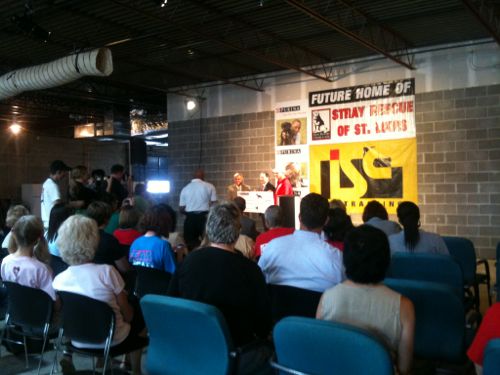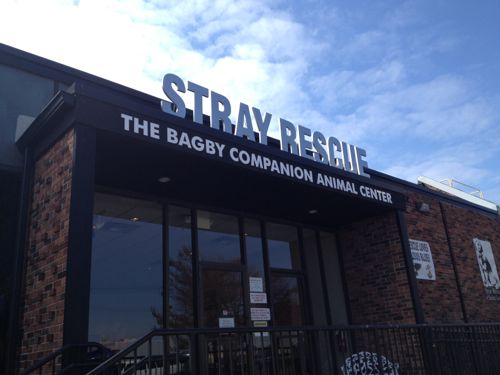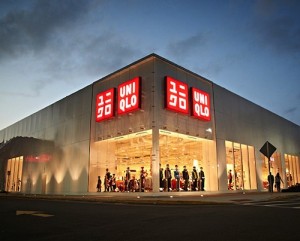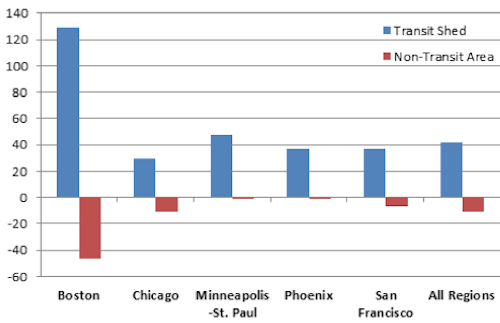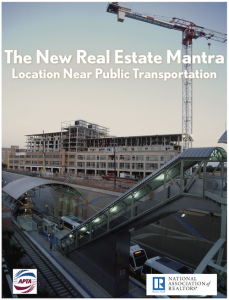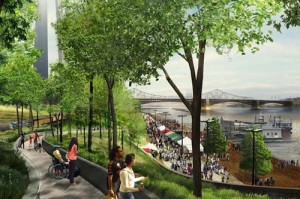Poll: Oppose or Support Proposed Electric Utility Infrastructure Surcharge?
Most likely you’ve seen recent TV commercials talking about utility surcharges and regulations. These are sponsored by groups on opposite sides of Missouri Senate Bill 207 (link):
SCS/SB 207 – Currently, gas corporations may file a petition with the Public Service Commission for rate adjustments to recover costs incurred for infrastructure replacement projects. This act allows electrical corporations to follow a similar process to recover costs for infrastructure replacement projects. The types of costs that can be recovered include certain work on electric plants, certain capital projects undertaken to comply with environmental or safety regulations, and costs of facilities relocation due to public works projects.
This act details the process that an electric corporation and the Public Service Commission must follow in reviewing applications for infrastructure system replacement surcharges. If surcharges are approved by the Public Service Commission, this act requires electric corporations to submit to the Commission a reconciliation noting the differences between infrastructure system replacement revenues and appropriate pretax revenues. Additionally, this act modifies the amount of revenues that may be produced from an infrastructure system replacement from no less than one million dollars or half of 1% of the corporation’s base revenue and no more than 10% of the corporation’s base revenue. While the electric corporation is collecting an infrastructure system replacement surcharge, they may only adjust the rate two times every twelve months. If an electric corporation files a petition or change to an infrastructure system replacement surcharge, it shall not be considered an increase in the electric corporation’s base rate.
In other words:
The measure would let Missouri’s three investor-owned electric companies — Ameren Missouri, KCP&L and Empire District Electric — put the cost of replacing infrastructure on customer’s bills without first needing to get approval from the Public Service Commission. (St. Louis Business Journal)
Supportive viewpoint:
Under current law utility companies have to go through the Public Service Commission to increase rates to pay for infrastructure and other additional expenses. This process can take months. They said this bill fixes that regulatory lag and allows utility companies to invest faster while interest rates are low. Supporters said this will give the companies better credit ratings, which could make utilities cheaper in the long run and make infrastructure projects more attractive to investors. (KMOX)
Opposition viewpoint:
The Fair Energy Rate Action Fund, an opponent of the legislation, said the changes are not near enough to protect consumers. Executive Director Chris Roepe said the proposed expiration date is lengthy, the cap still would allow for significant costs and proving a case to get the refund would be difficult.
“It’s still a really terrible bill for Missouri businesses and families,” Roepe said. (Southeast Missourian)
Who is the Fair Energy Rate Action Fund?
FERAF is a diverse coalition comprised by consumer protection groups. Members of FERAF include:
- AARP
- Missouri Association for Social Welfare
- Consumers Council of Missouri
- Missouri Association of Retailers
- Ford Motor Company
- Noranda Aluminum
The utilities have Missourians for a Balanced Energy Future with 19 co-chairs!
The poll this week seeks to find out how readers feel about this issue. The poll is on the right sidebar, mobile users need to switch to the desktop layout to vote in the poll.
— Steve Patterson
